Film Photography in a Digital World
I learned about analogue photography the other way around by first learning digital and then tickling with film. I rapidly realised that if you can use a camera, you can use them all. The only thing that you need to develop is a deep level of trust for chemistry.
After being inspired by movies like “The Bang Bang Club” or “Kodachrome”, I got closer to film photography. Nowadays, we are experiencing an interesting revival phenomena for such a highly complex industry, which produces emulsions and specific chemicals. In view of that, I want to share some of the biggest joys I’ve encountered thanks to using analogue film as medium.
Slow Paced Rhythm
There is no doubt about the age of velocity and immediacy we are currently experiencing as a result from a huge dependence on technology. On the contrary, film is a revolutionary way in which I feel able to reduce the speed of my life. Shooting with film helps soothing out the urge for immediacy; you click the shutter speed, and you aren’t able to see a photograph. And trust me, this is an extremely weird experience for someone who has shot digital basically throughout his whole life. I have been able to develop patience towards the quotidian, something that I only had with landscape photographs.
A couple of weeks can pass by before I get to see the shots that I made. Thanks to that, there is a sort of magic feeling that rises while watching the photos that were preserved truly in the past. Thanks to film photography, we can recover that sense of time and space which we have lost thanks to our digital world cramped with speed and immediacy.
Trust for the Invisible
Alright, I’ll be honest with you: at first I shot two frames, one with my Nikon FM2 and another with my trusty digital camera. After a couple of successfully developed films, I started trusting the format, and I don’t rely anymore on digital backups. Having confidence in that invisible component is very strange, but it is nurturing and satisfying after a while. I’m still pretty young on this format, but I’m sure that feeling will mature into a deeper philosophy in my life, at least in the regards of the visual aesthetic.
The Complete Workflow
With digital photography, the workflow of the photographer gets compressed. It is complete, but it feels somehow shrunk when compared to film photography. With the analogue format, I’ve found that a physical connection makes the experience way thicker, from loading the film to making the prints. Nowadays printing has been obscured by our digital showcasing platforms and aura-less screens. The ultimate experience in photography is to see a printed image, and with film you are almost obligated into doing it.
A Passion for Color
Color has always intrigued me and I’m definitely not a black and white shooter. Film has opened up the possibilities for me about color in that respect. Digital photography has a beautiful yet almost perfect way of rendering reality. Film photography, on the other hand, has a humble way of presenting real life to me in another way. It tries to capture colors as they are, but it can’t. And it allows me to experience an unseen world that isn’t that cocky like black and white photography (which is the ultimate anti-realistic image format). Beyond that color rendition, grain gives it a rich aesthetic layer that is simply impossible to achieve with digital photography. Oh, that printing force appears here again; you can’t truly see your photos unless you print them, period.
A Joy towards the Apparatus
Beyond doubt, there is some sense of cult around gear, and I’ve never been a huge fan of it and I even tend to get away from gear-heads. However, film cameras have become my guilty pleasure. Analogue cameras, no matter their built-in quality, they are all able to produce a rich aesthetic experience that I can’t get with digital cameras.
Honestly, I still love digital in all its existence and I’m still not sure if I will decide to fully switch to analogue, but why should I anyway? Both are just different ways of doing photography. And just like photography copes with my life, these two formats can coexist with one another.
All images captured on Kodak Portra 400 film using a Nikon FM2n paired with a Nikkor 50/1.4 AIS.
Location: Wilderness Festival 2019, Cornbury Park, United Kingdom, August 2019.
Articles:
A amended version of this article has been published at Analog.Cafe in April 2020: My Greatest Joys As a Film Photography Newcomer.
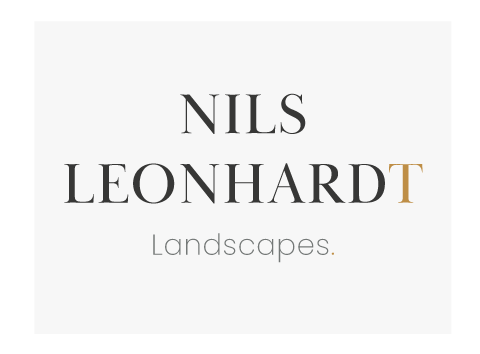
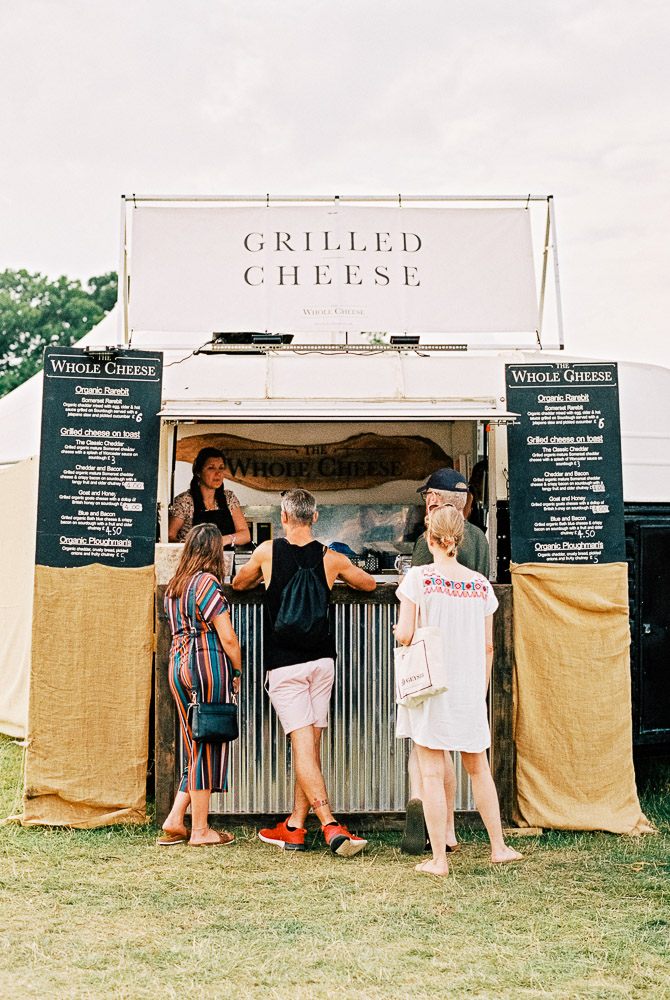
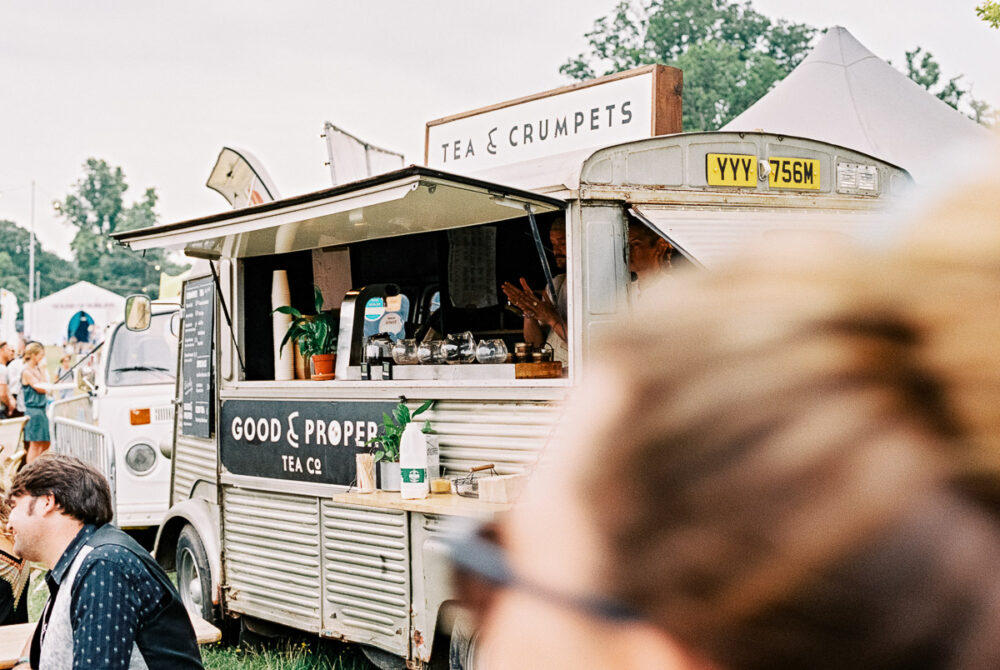
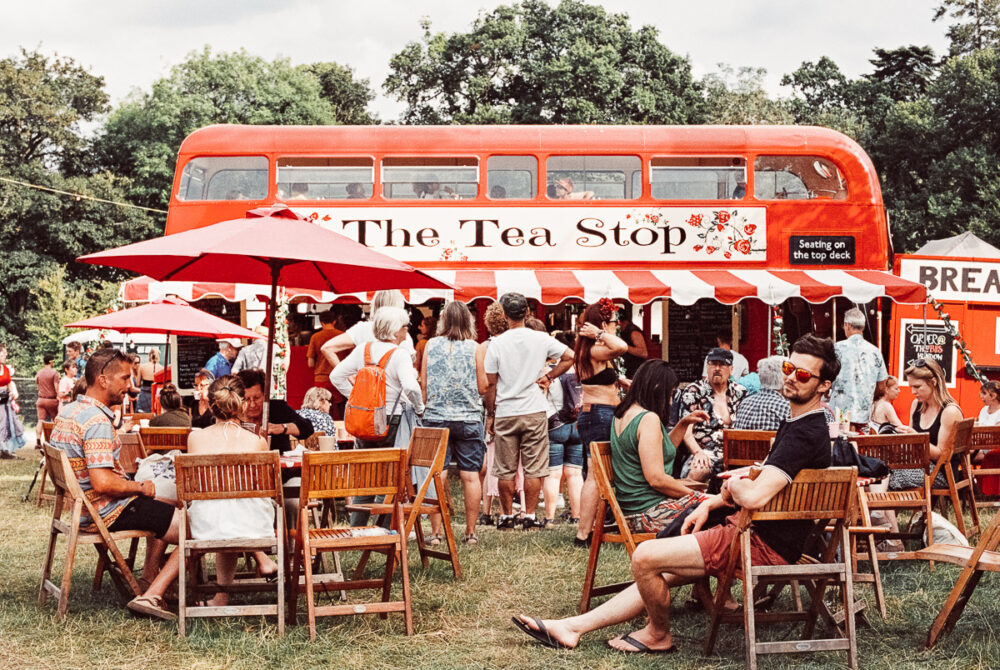
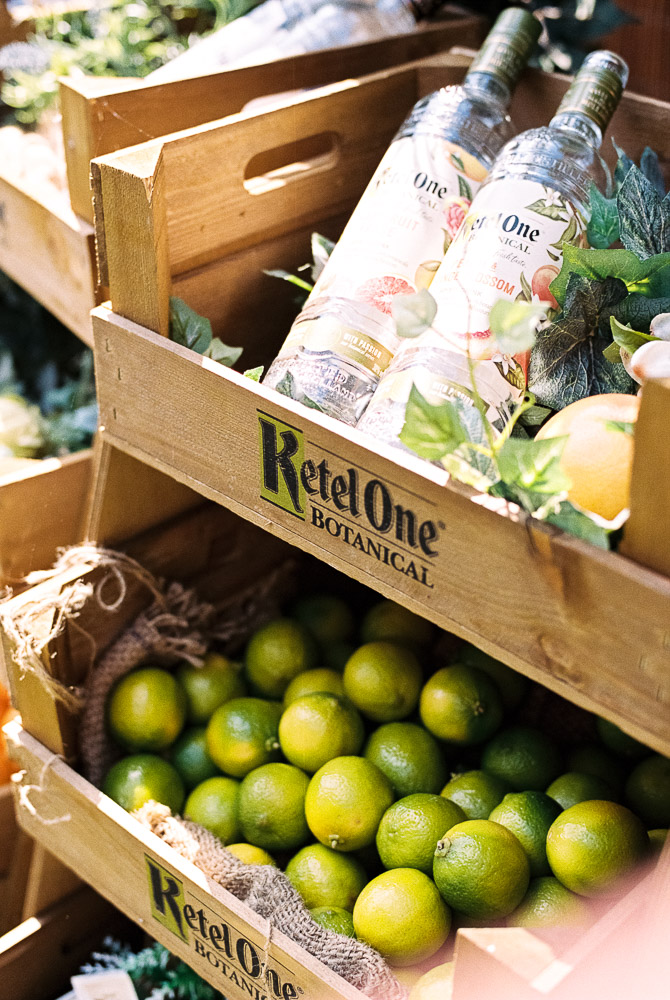
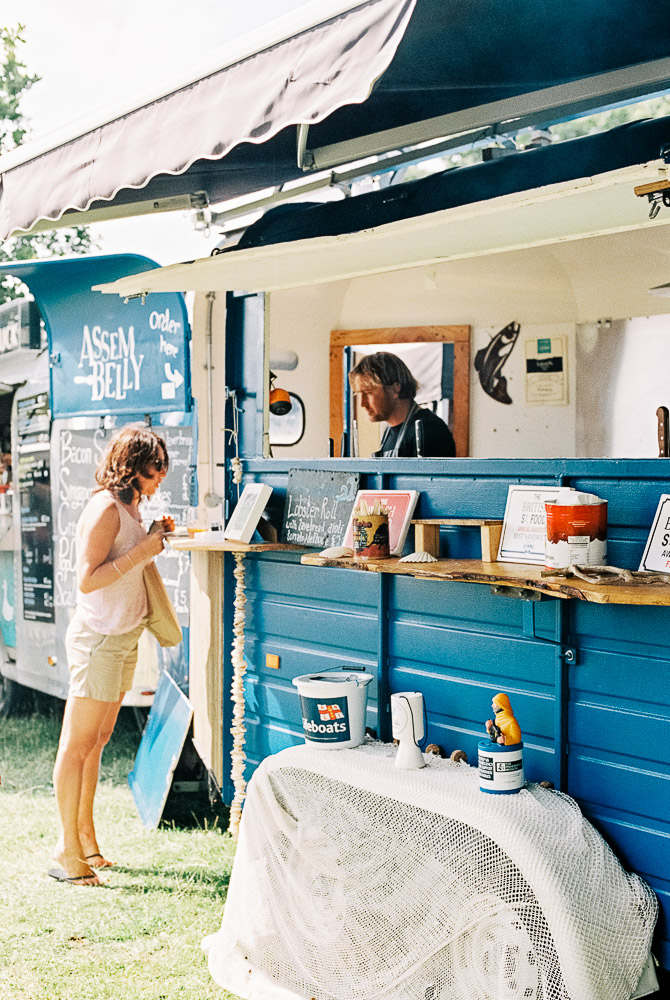
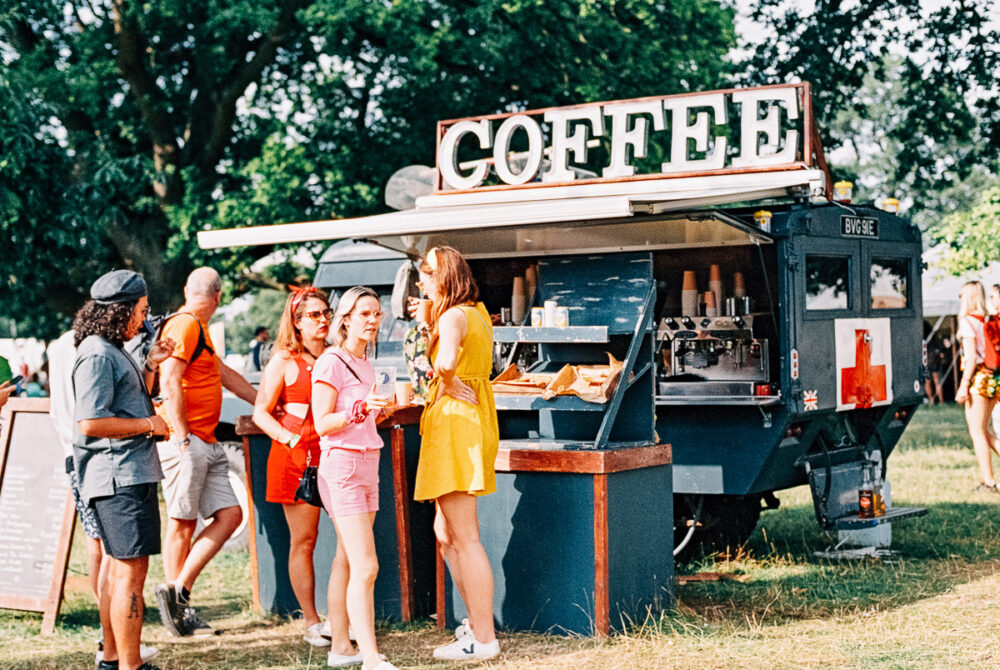
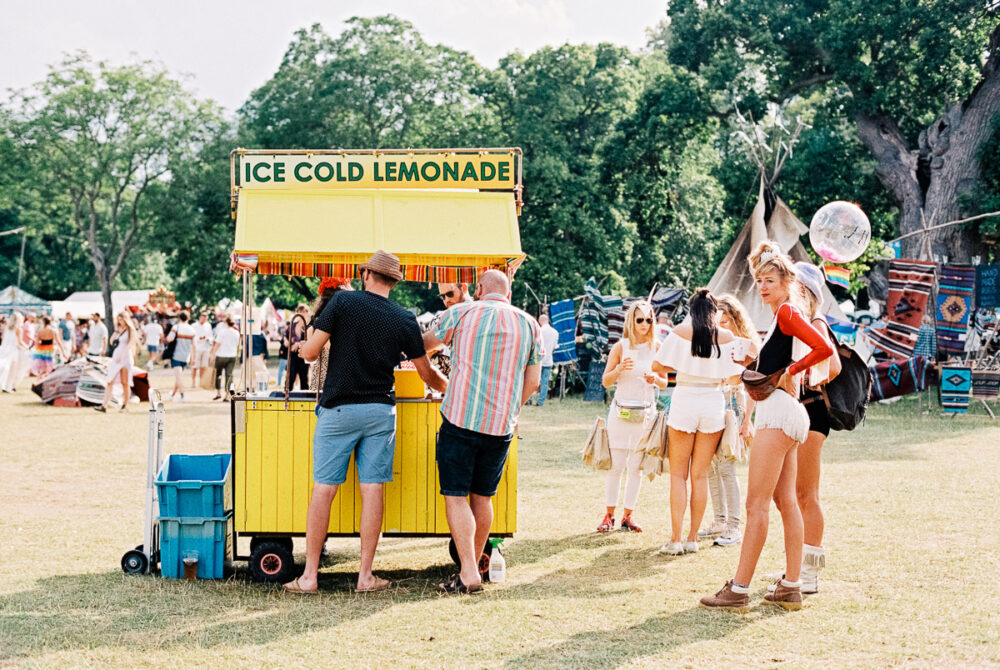
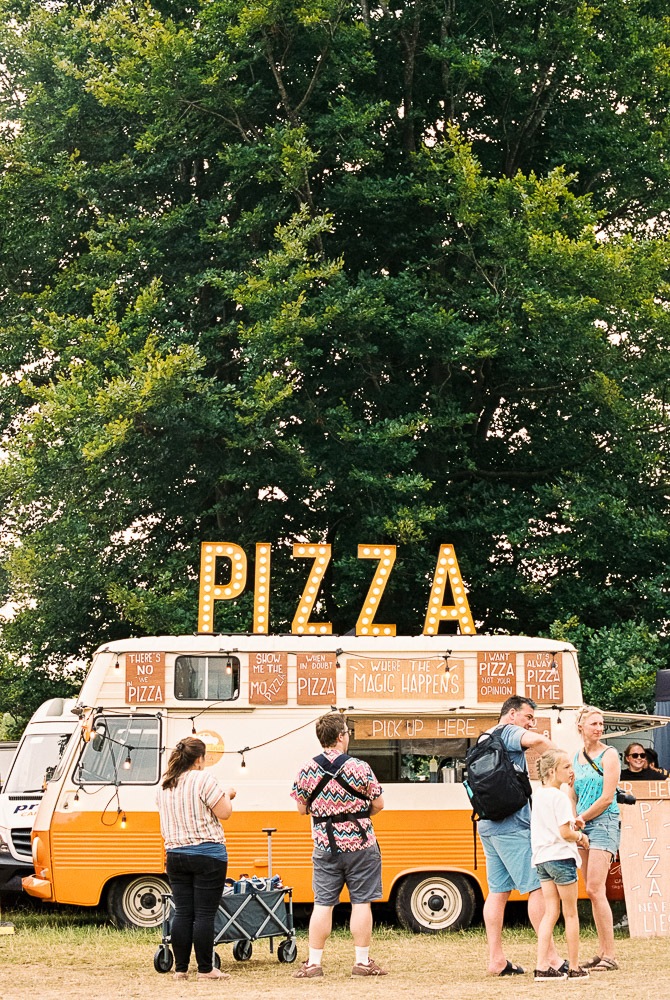
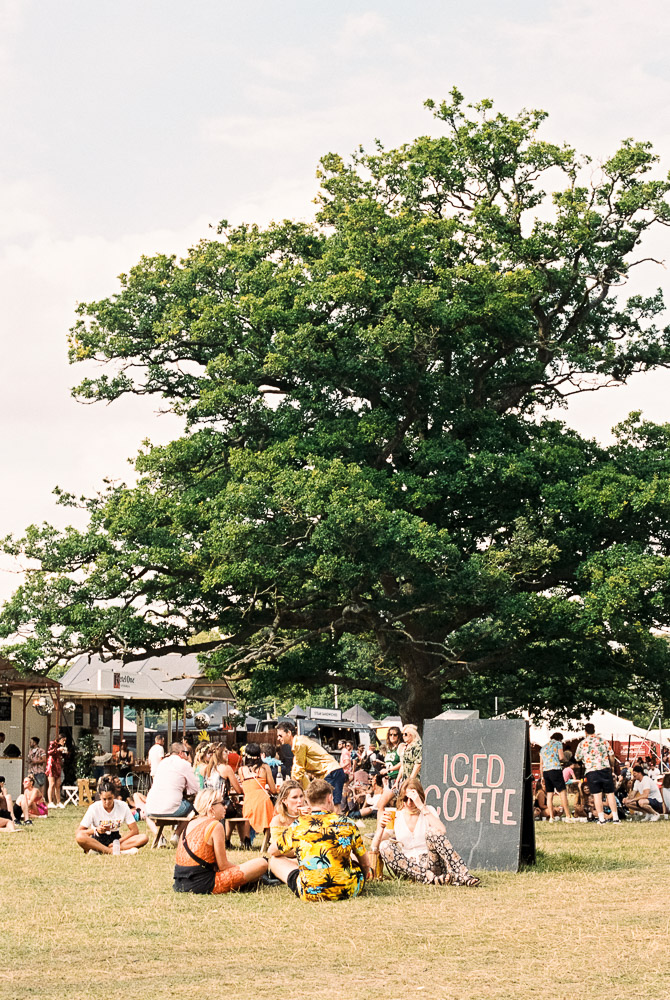
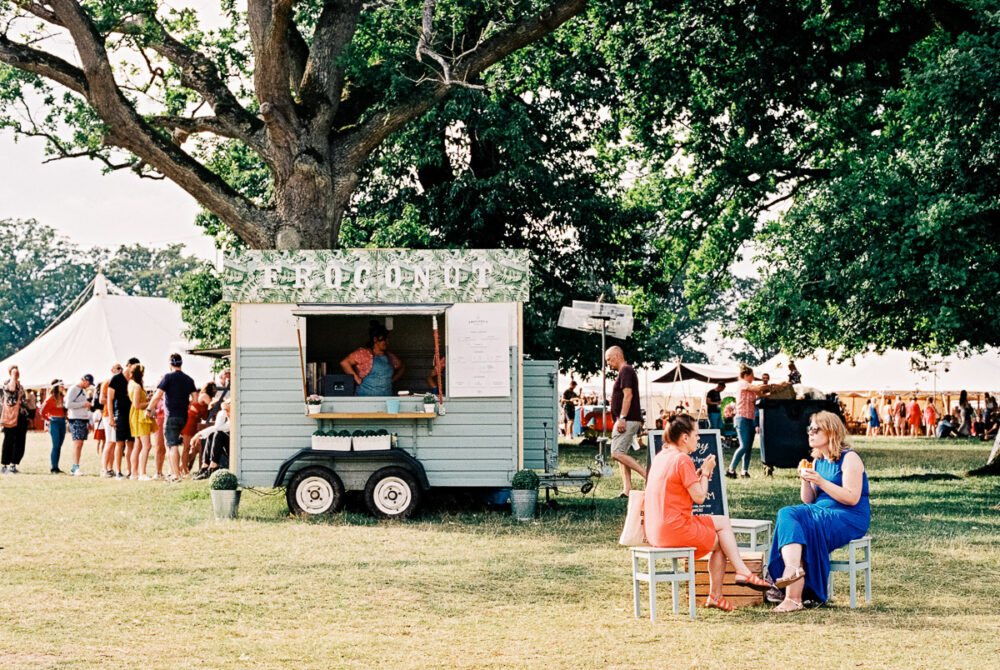
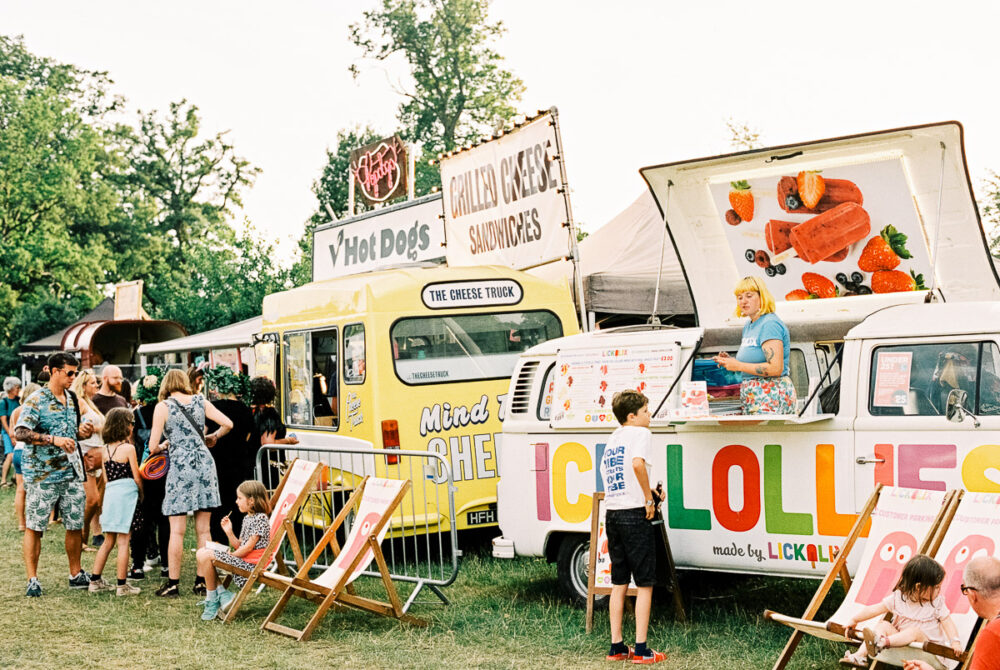
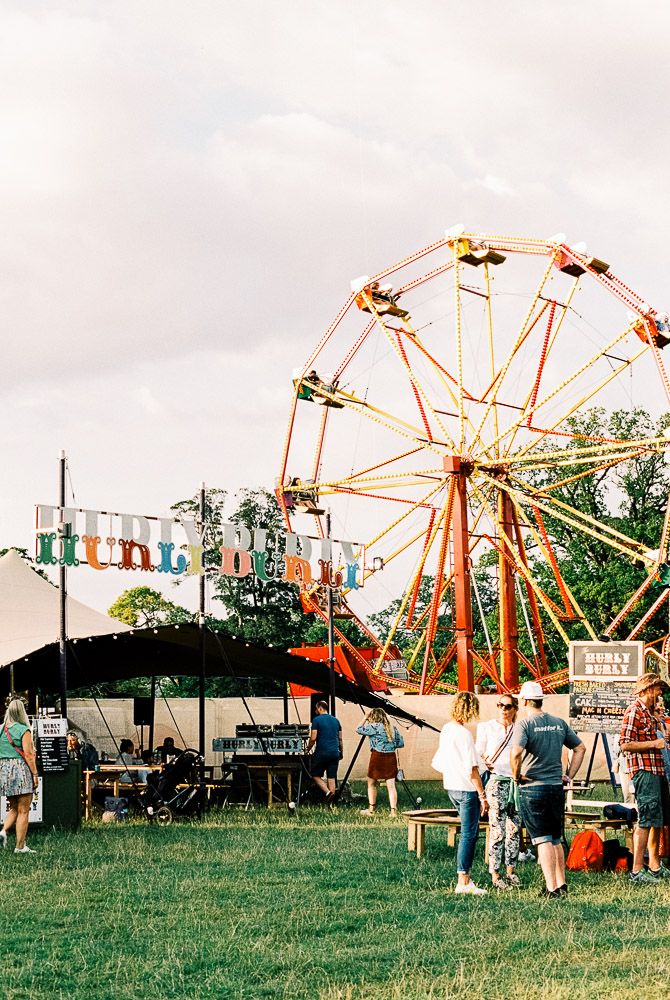
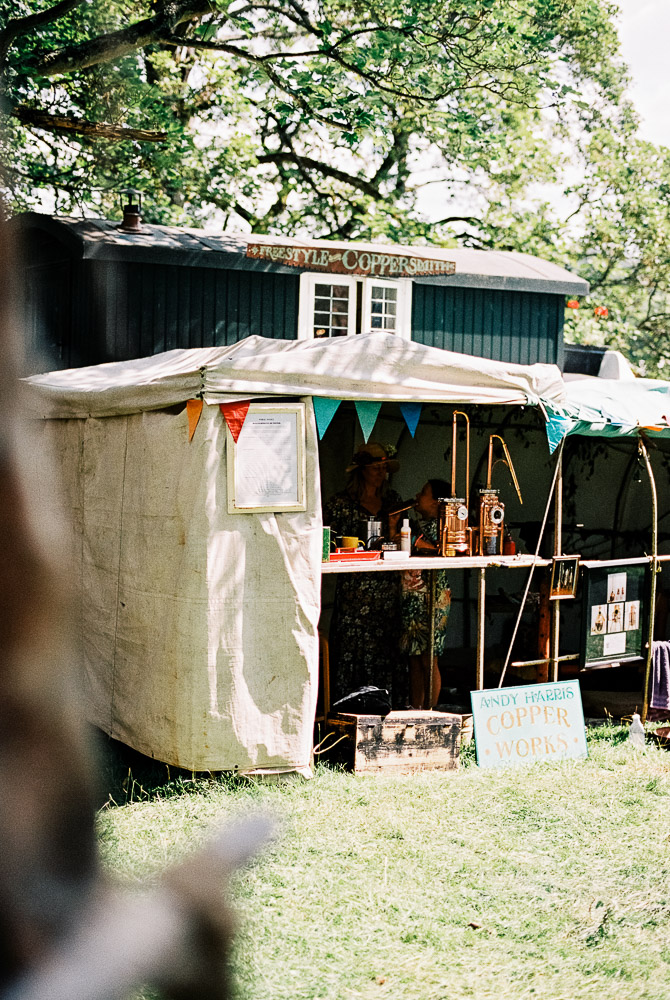
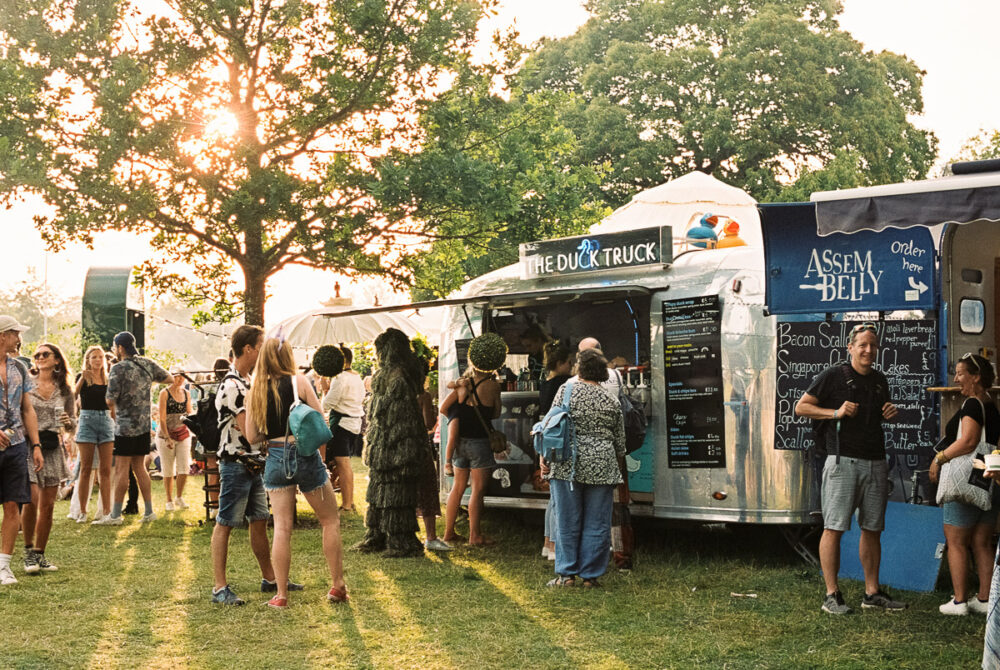
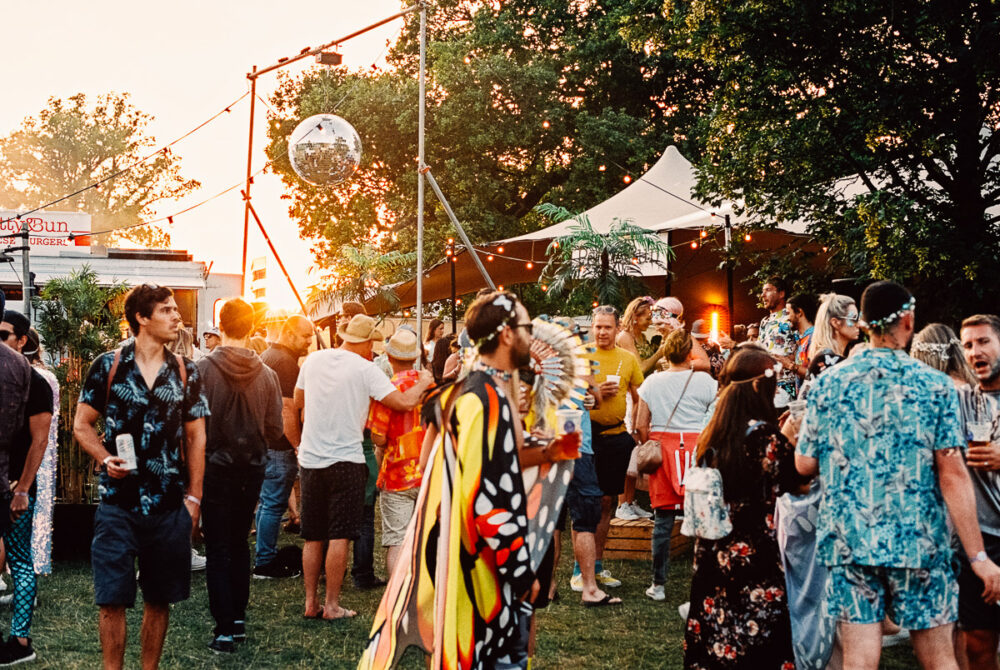
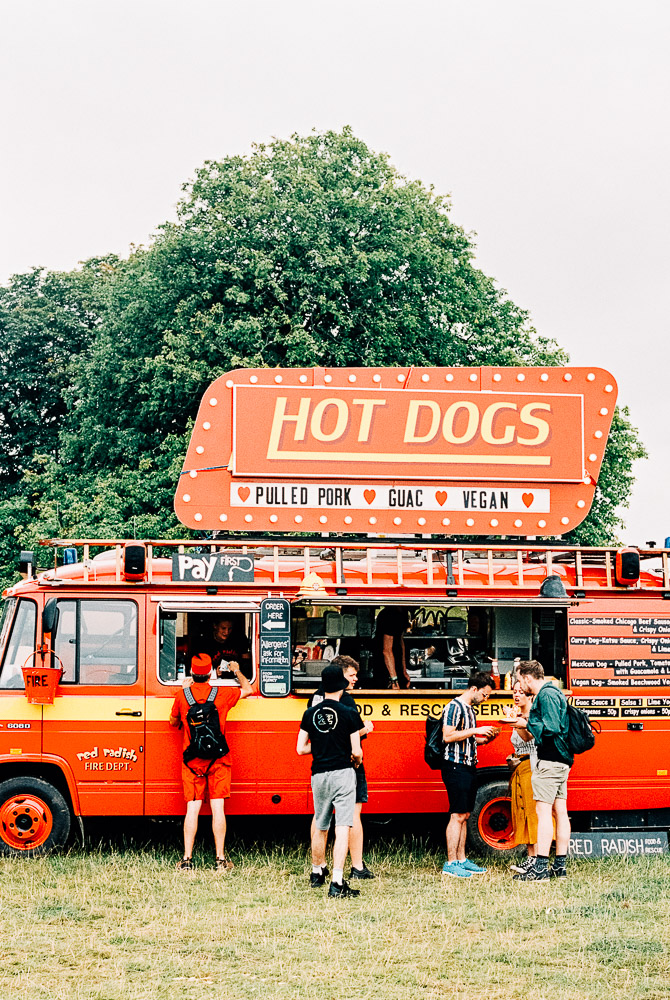
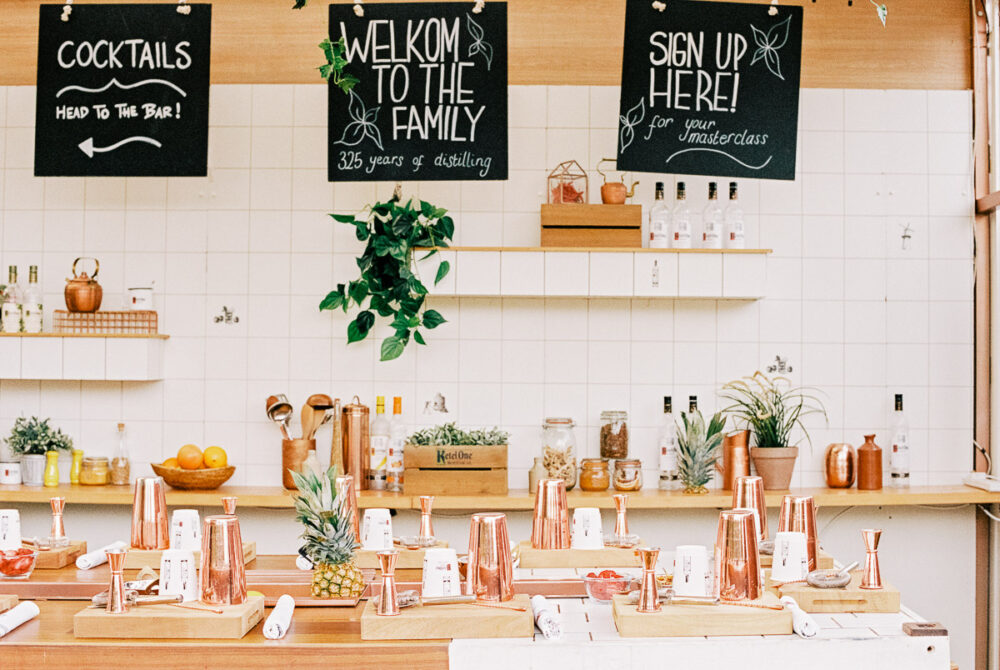

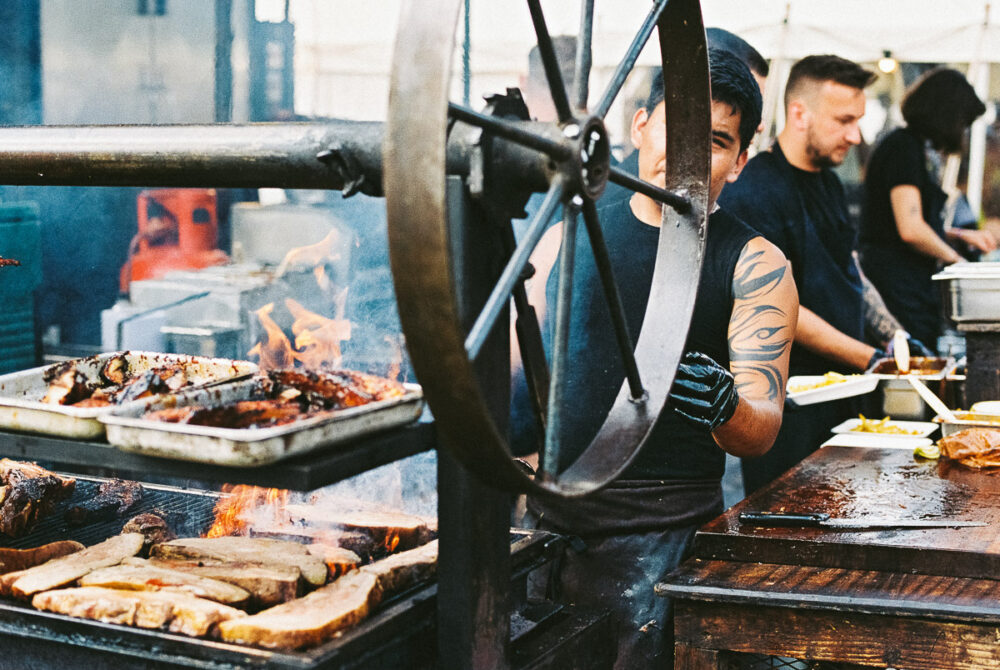
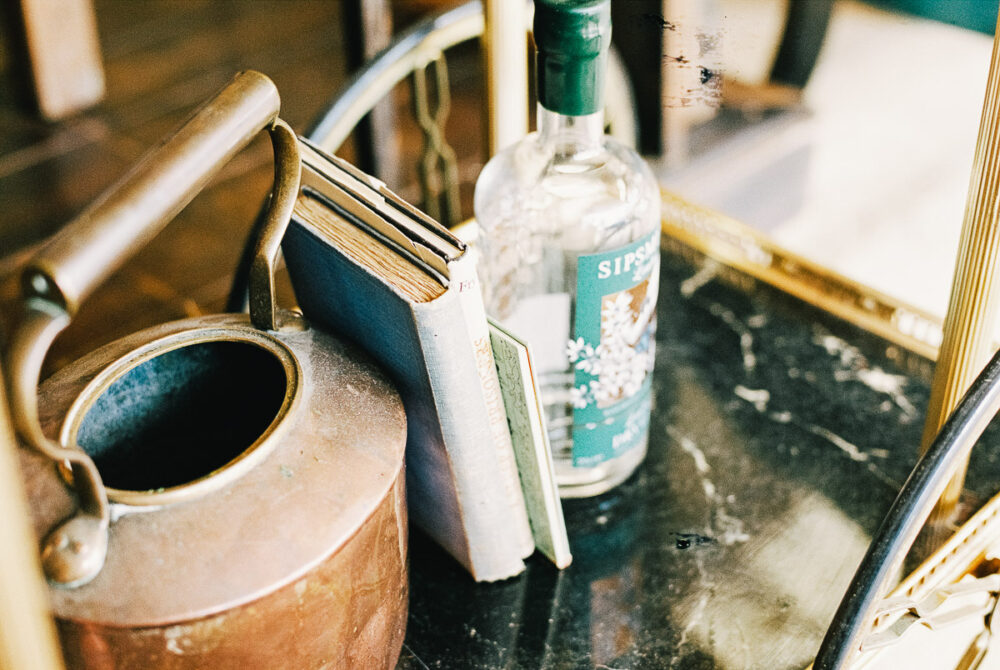
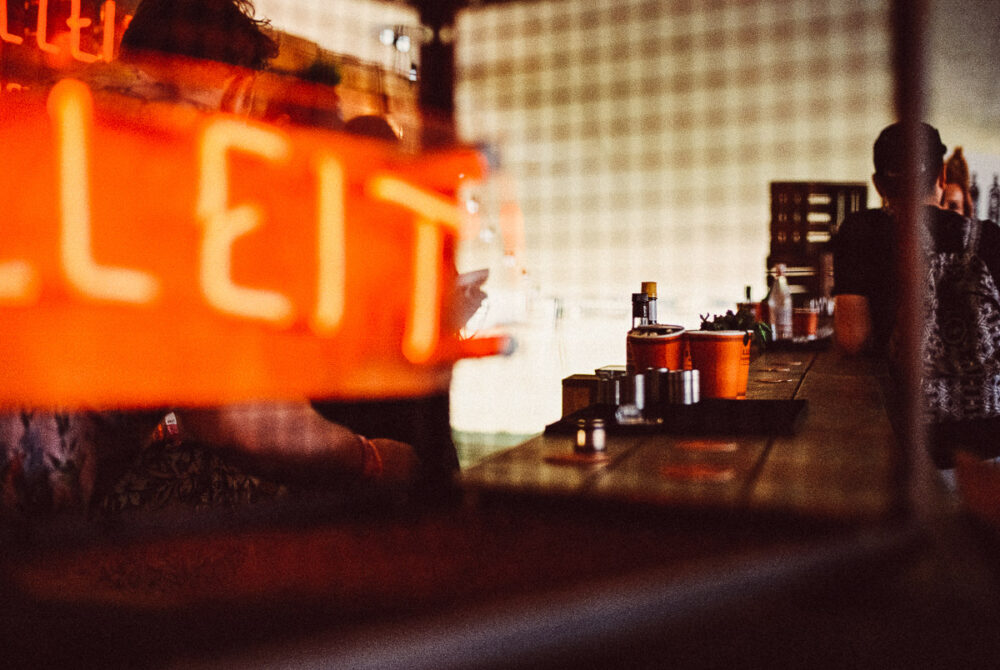
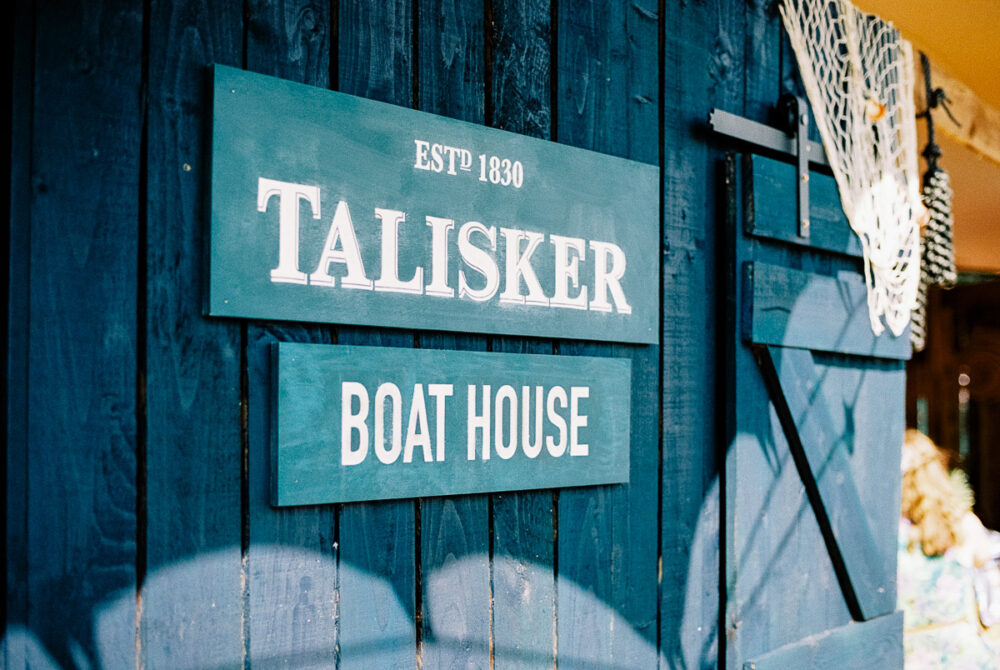
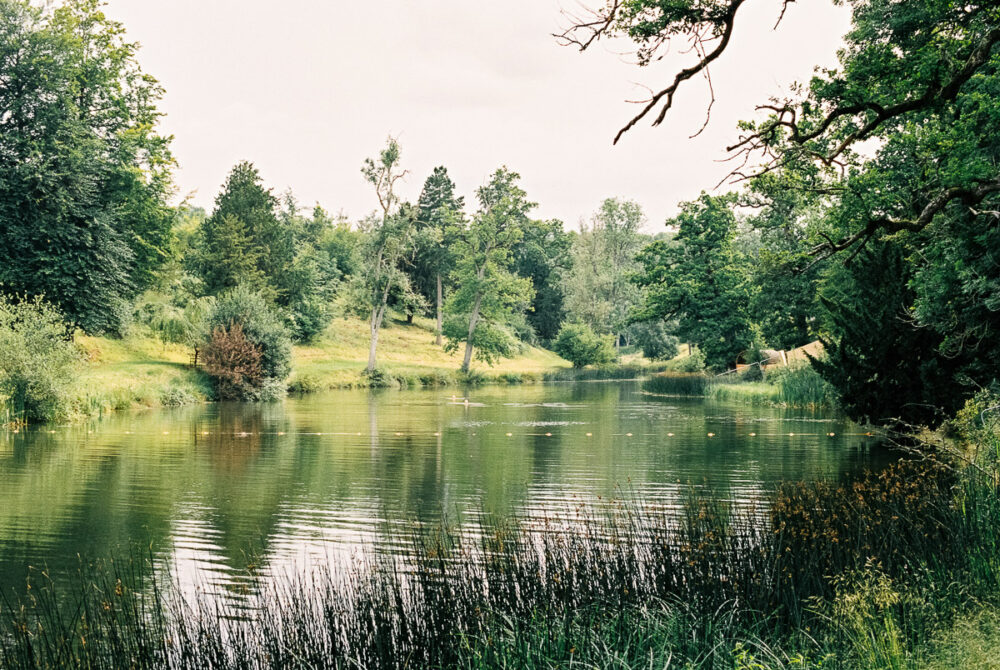
Hi Nils,
thanks for sharing these Images! They give me an authentic impression of the captured moments. Maybe it is the kind of spontaneity they convey to me. This could be due to the lack of perfection regarding white balance and exposure as we are used to see in digital photographs. No HDR, no Focus stacking. Just keeping the experience of the moment. Great work in my opinion.
Best wishes,
Peter
PS: I did it the other way round, learned to take analog shots first and then acquired the knowledge to process and print digital images. Thereby I always keep in mind how analog photography looked like.